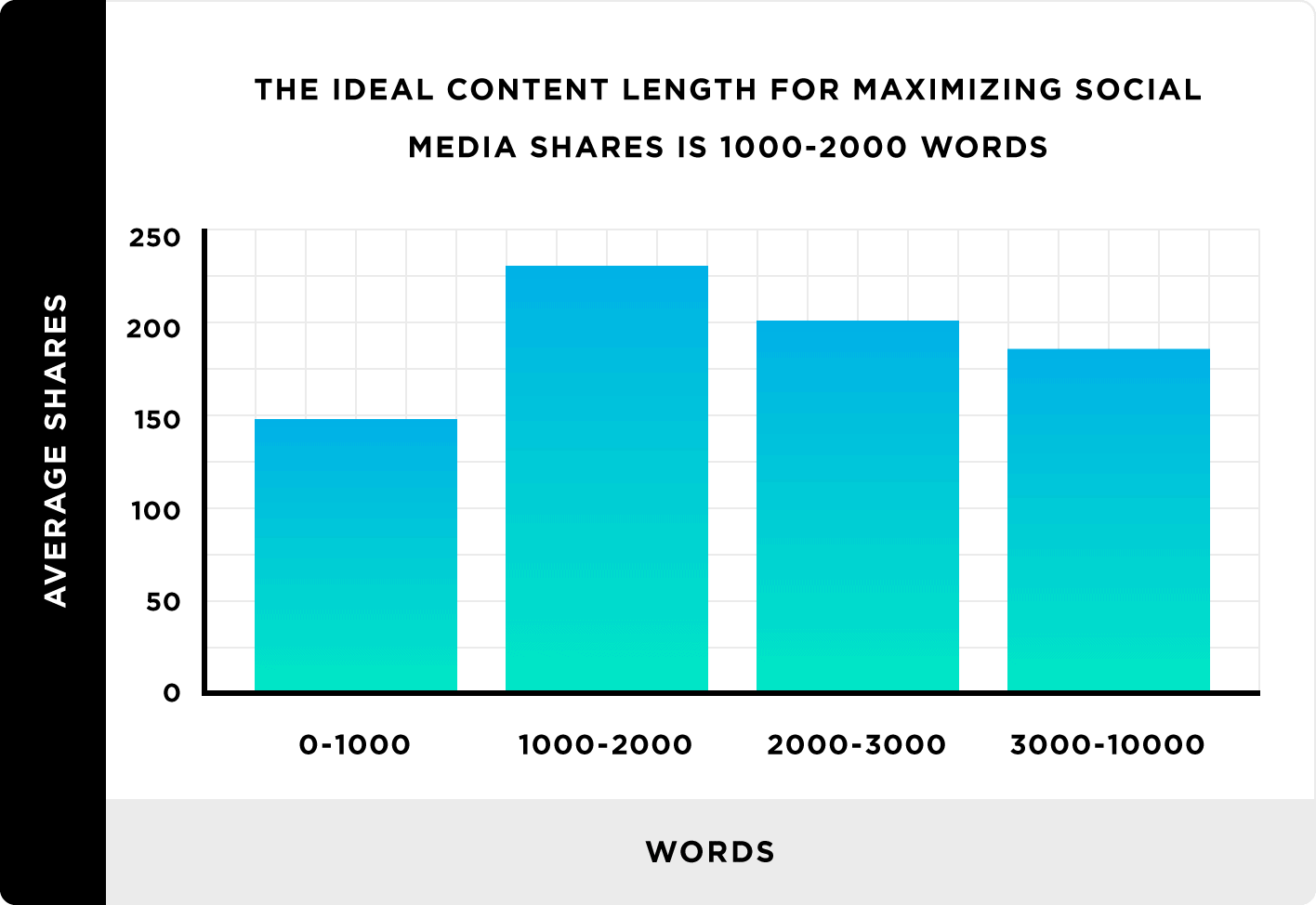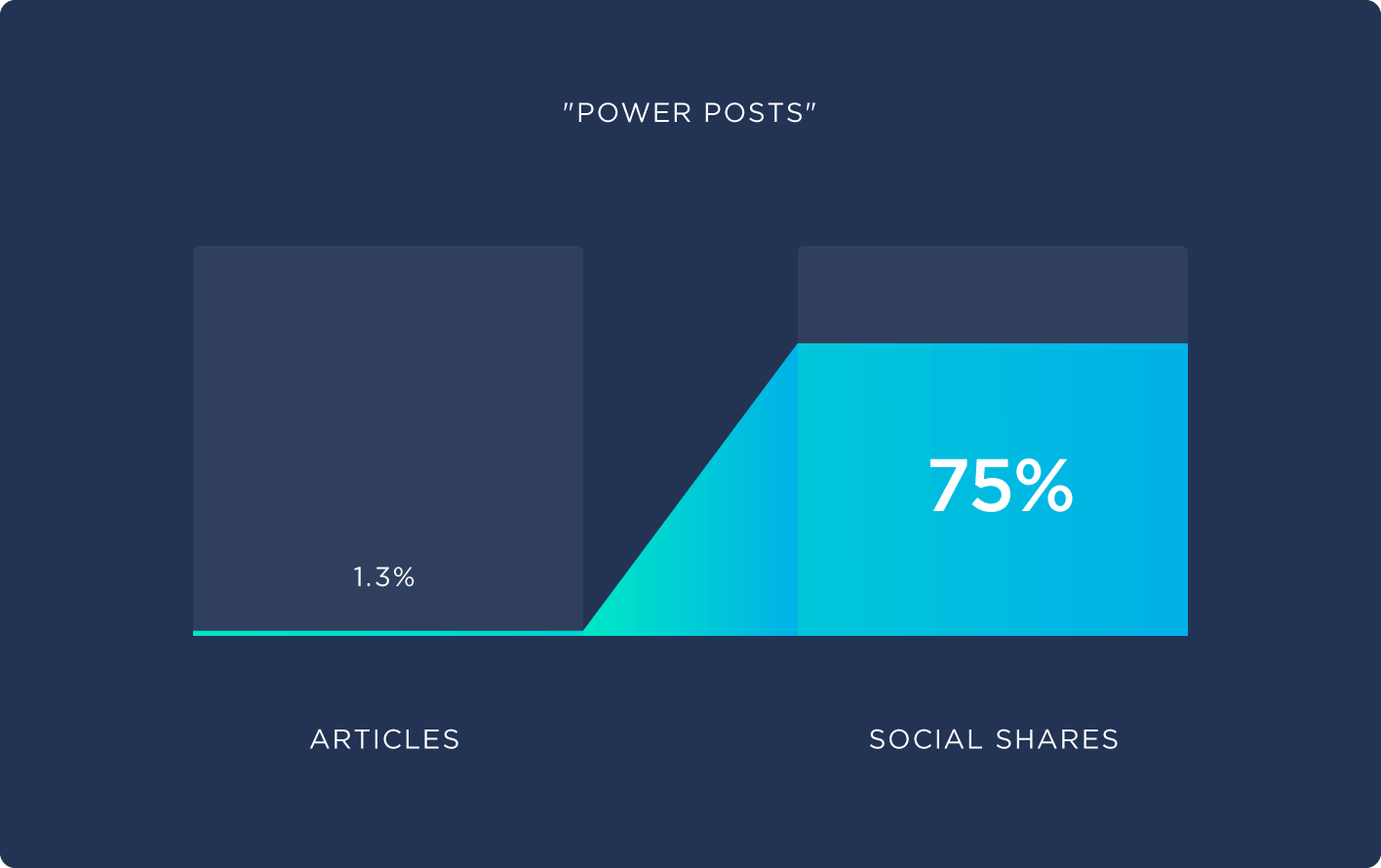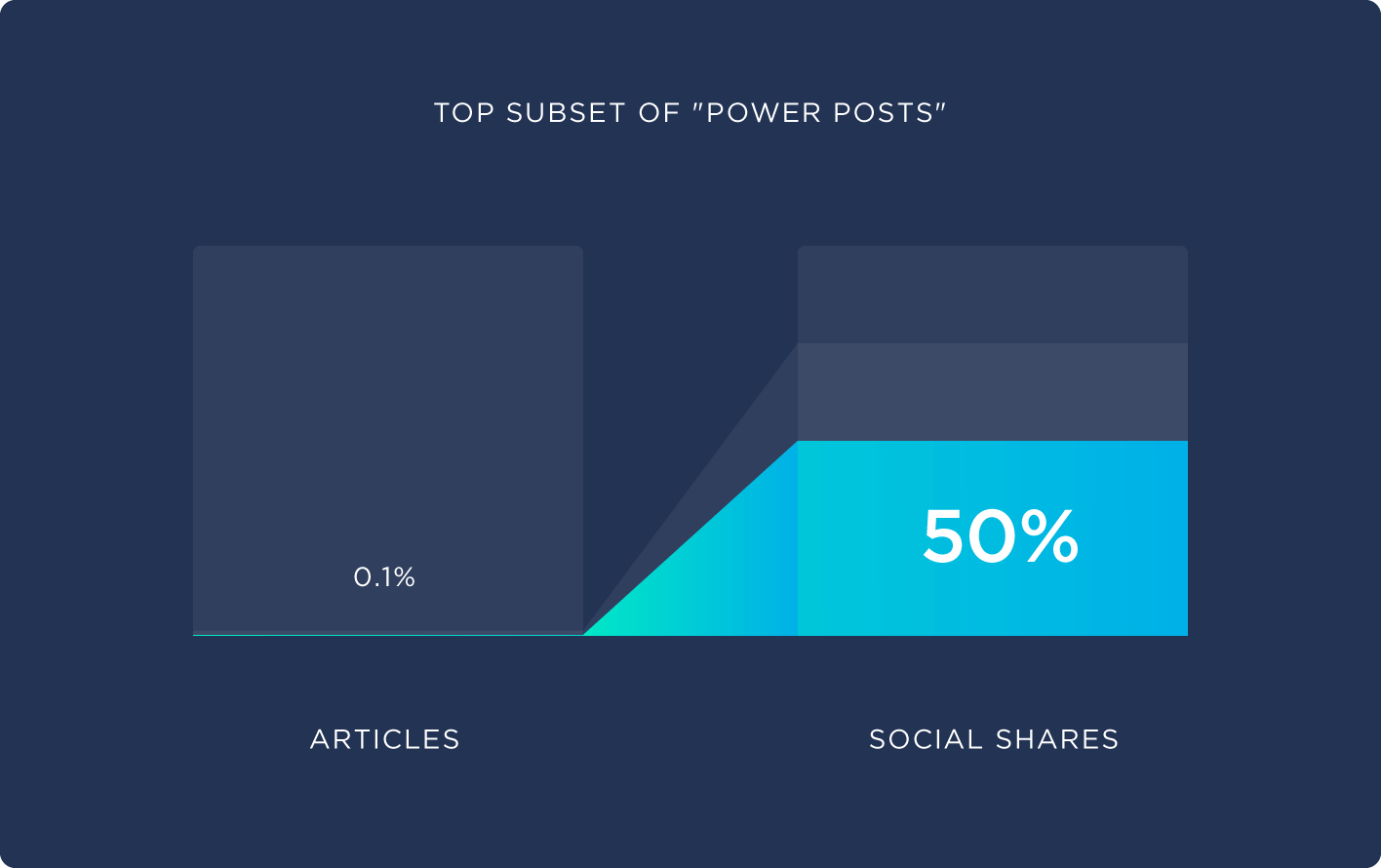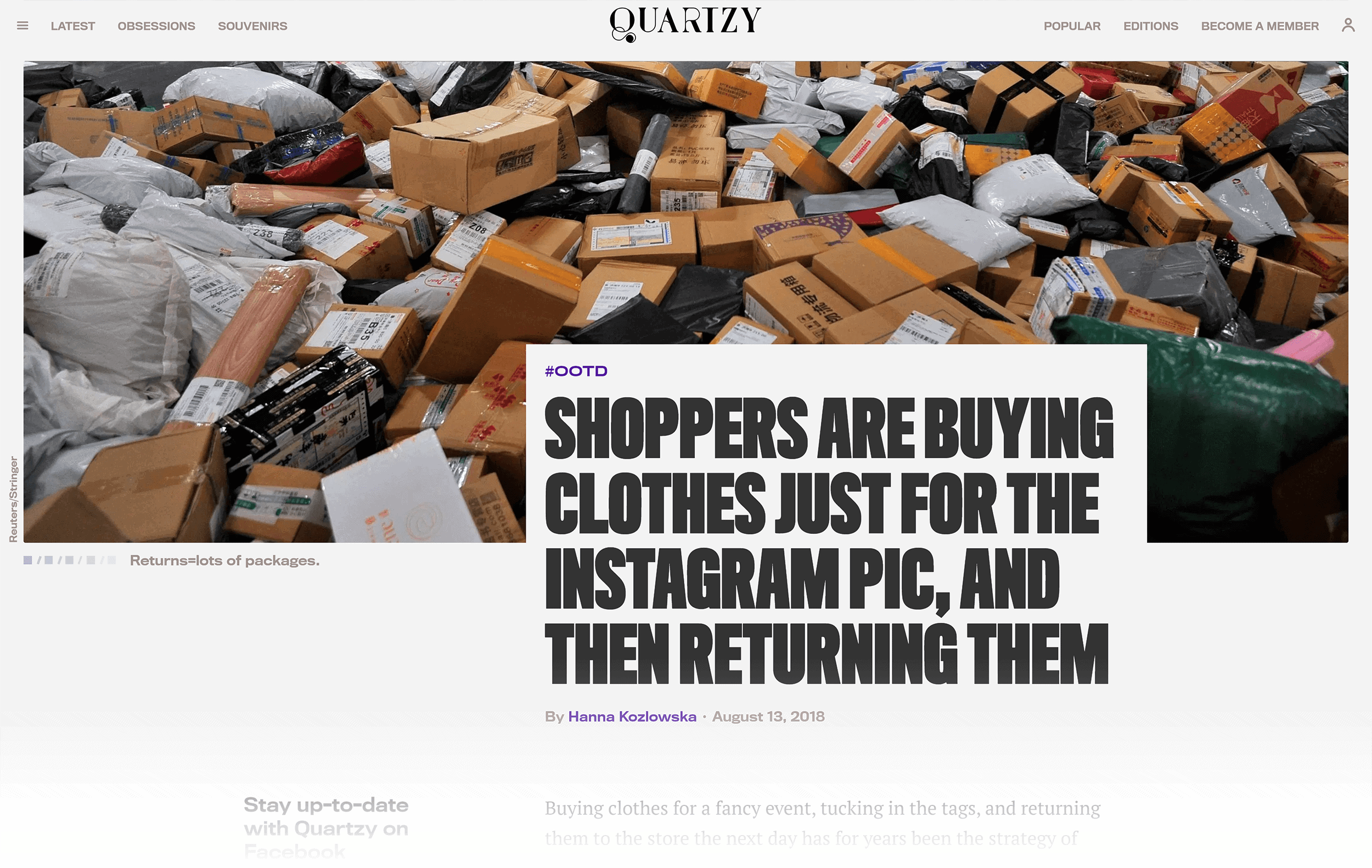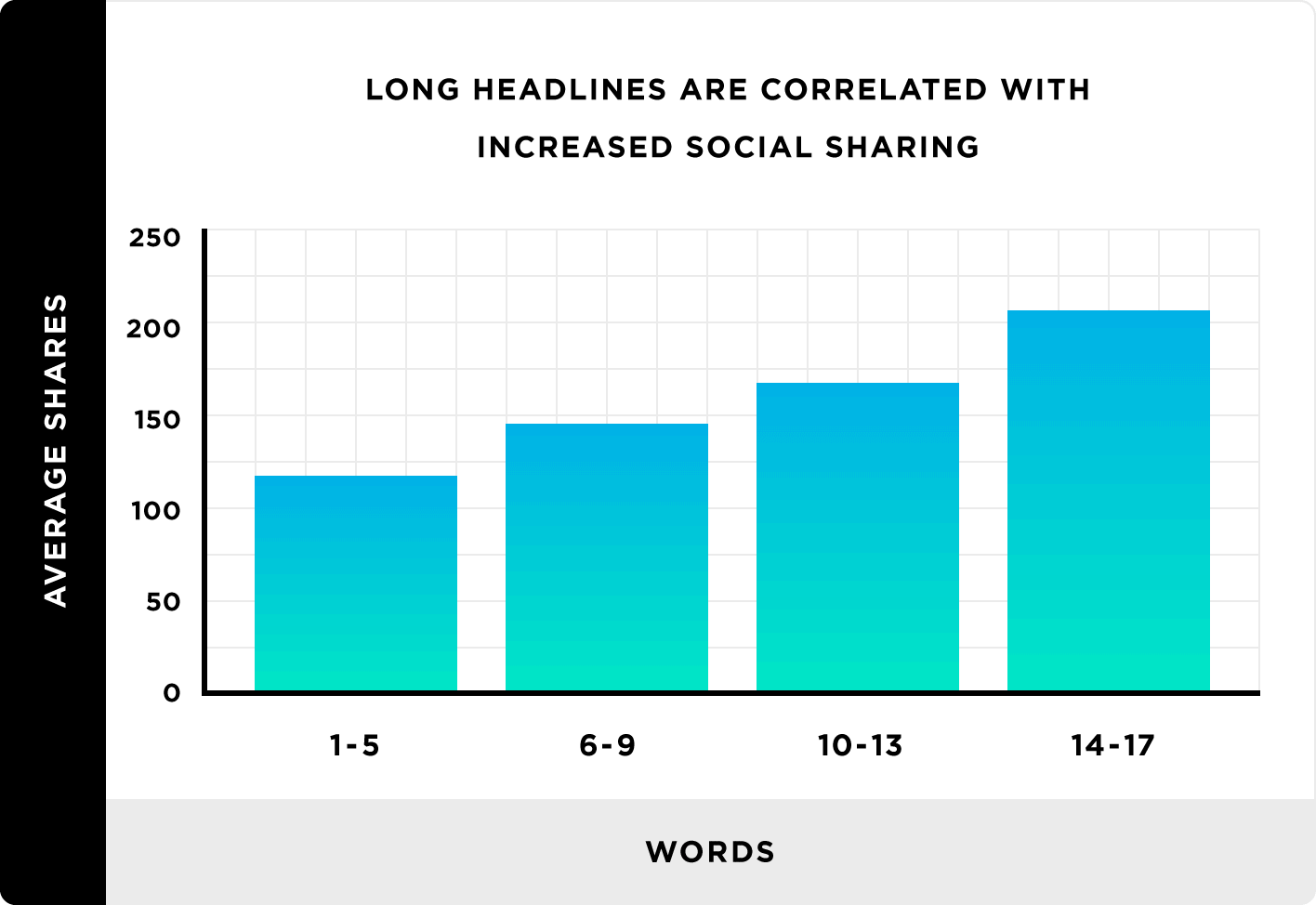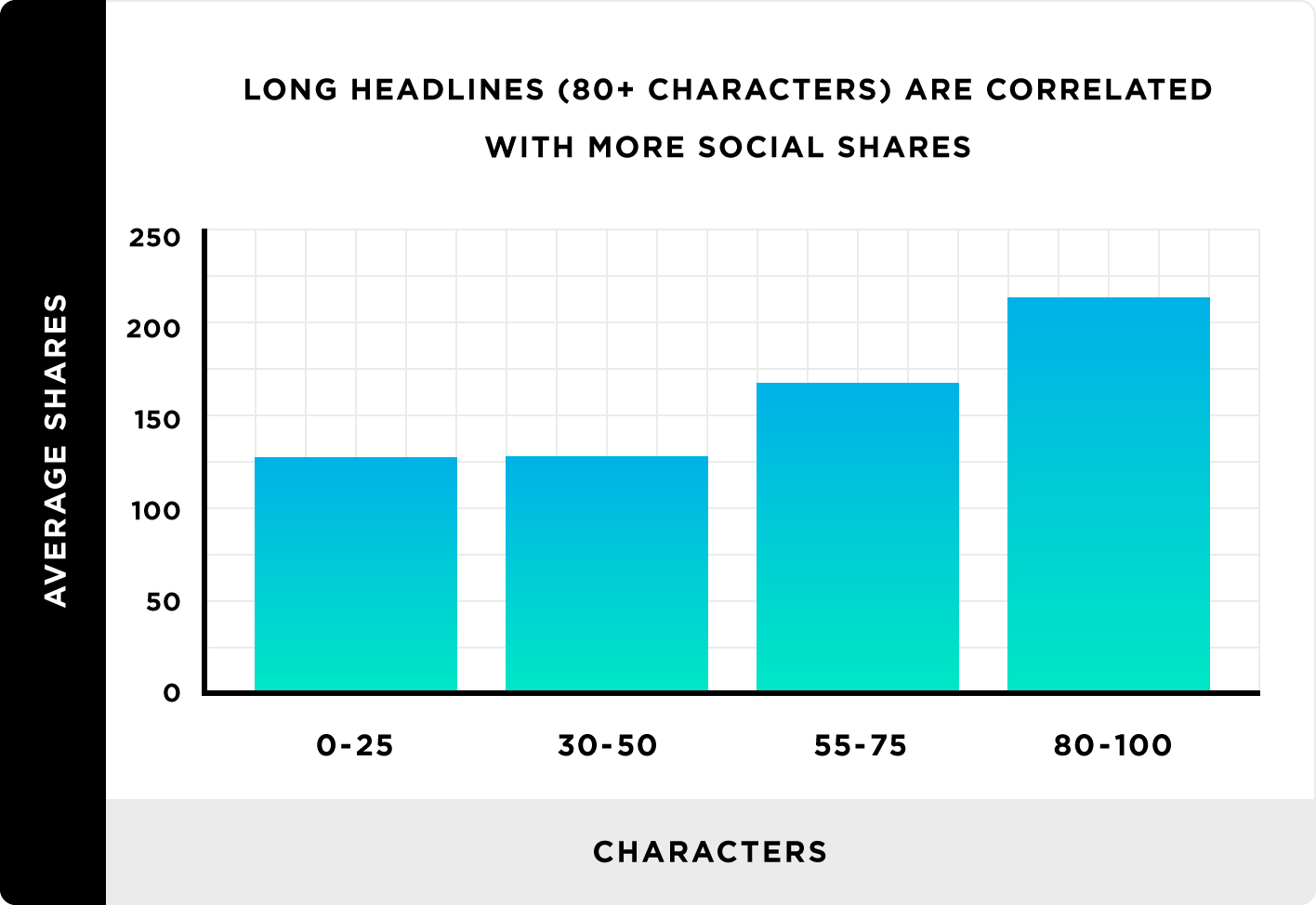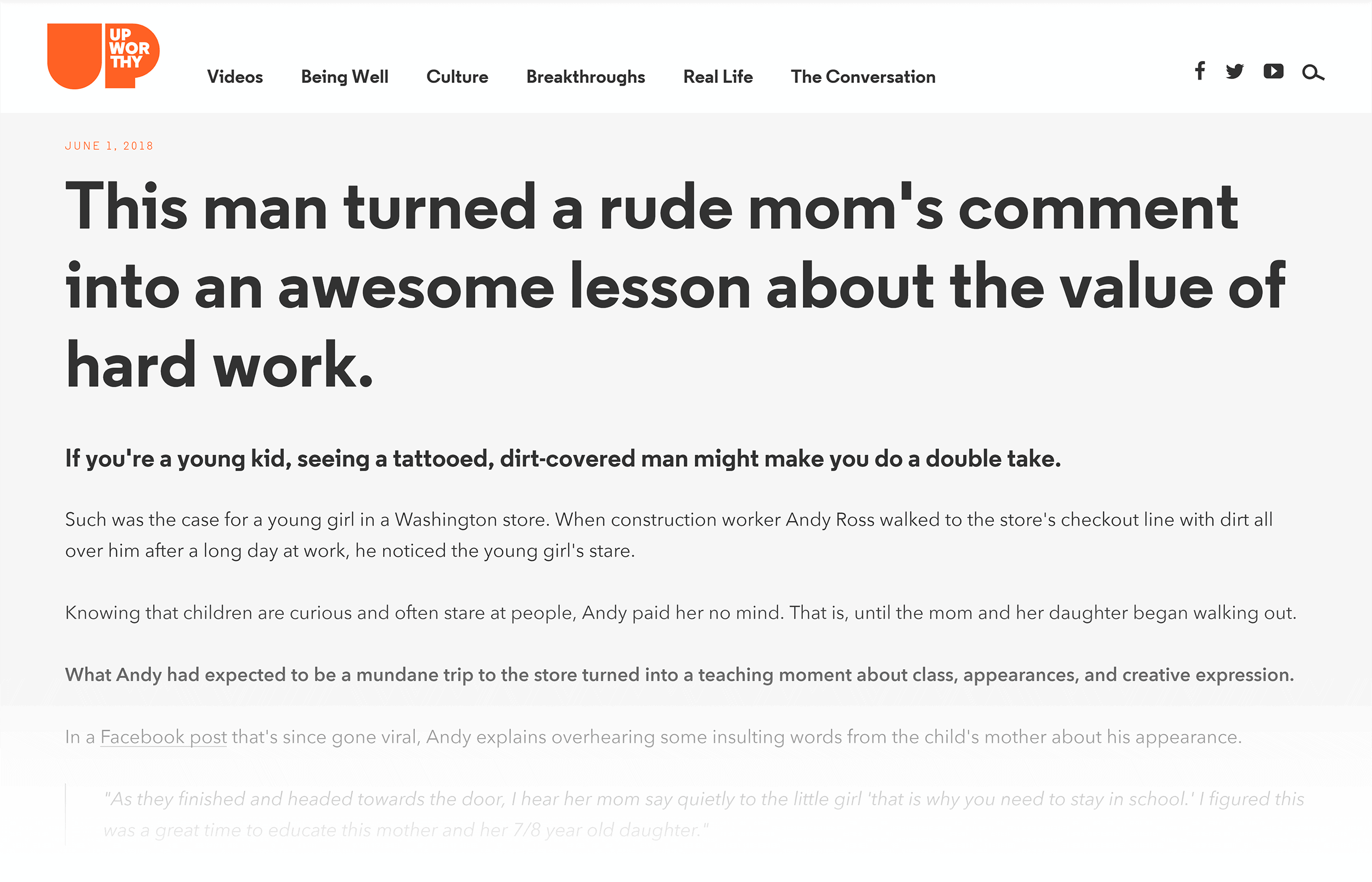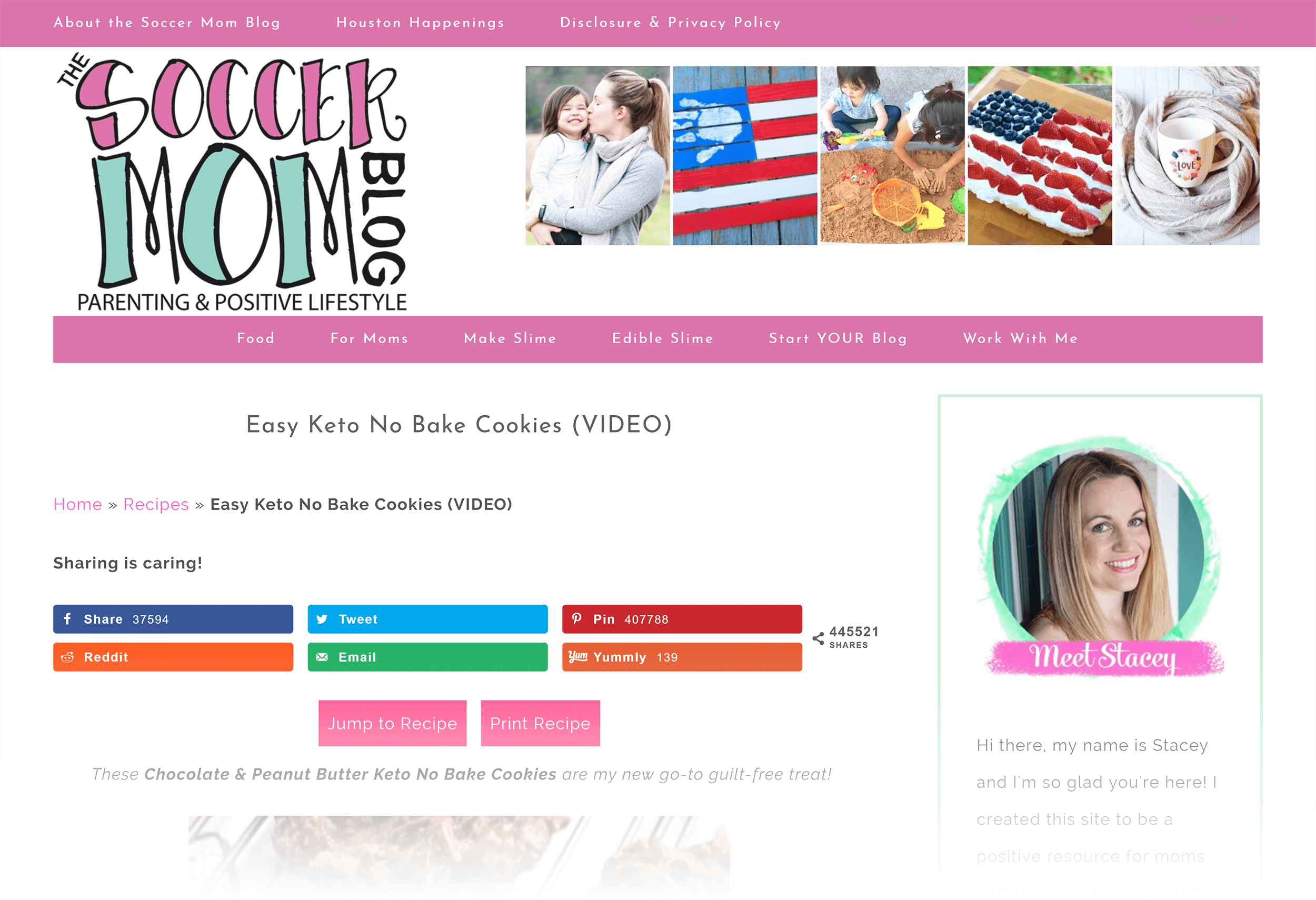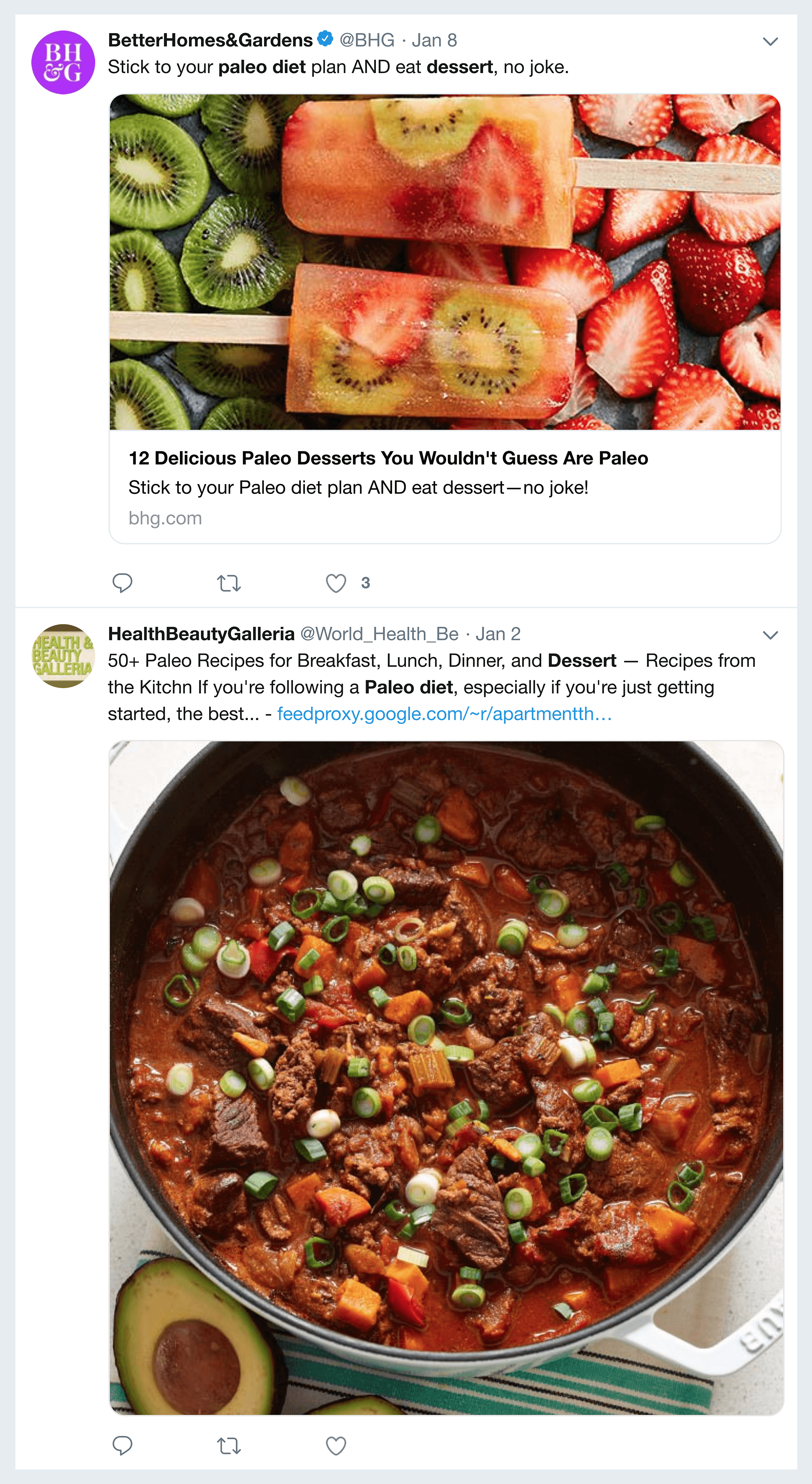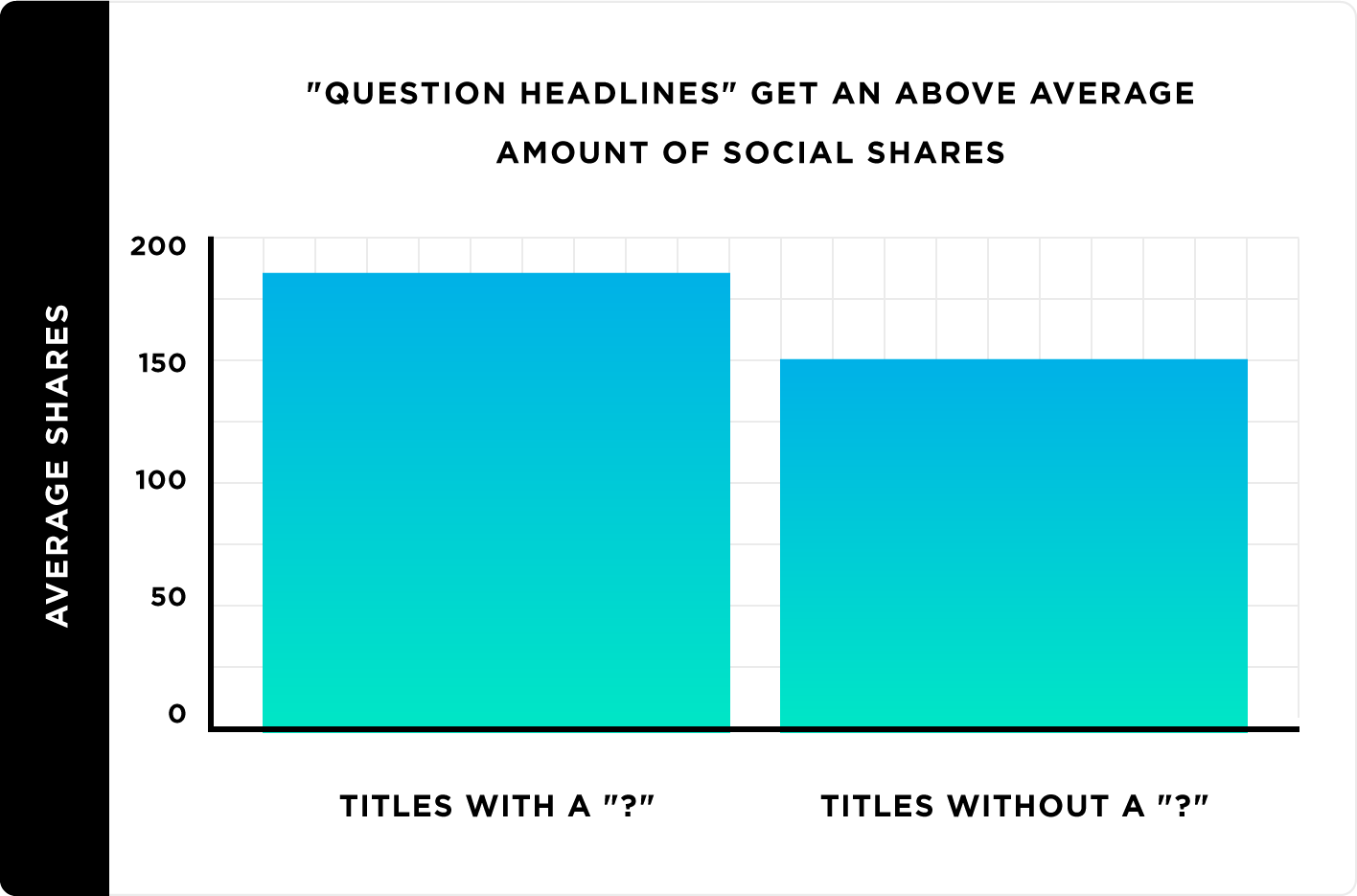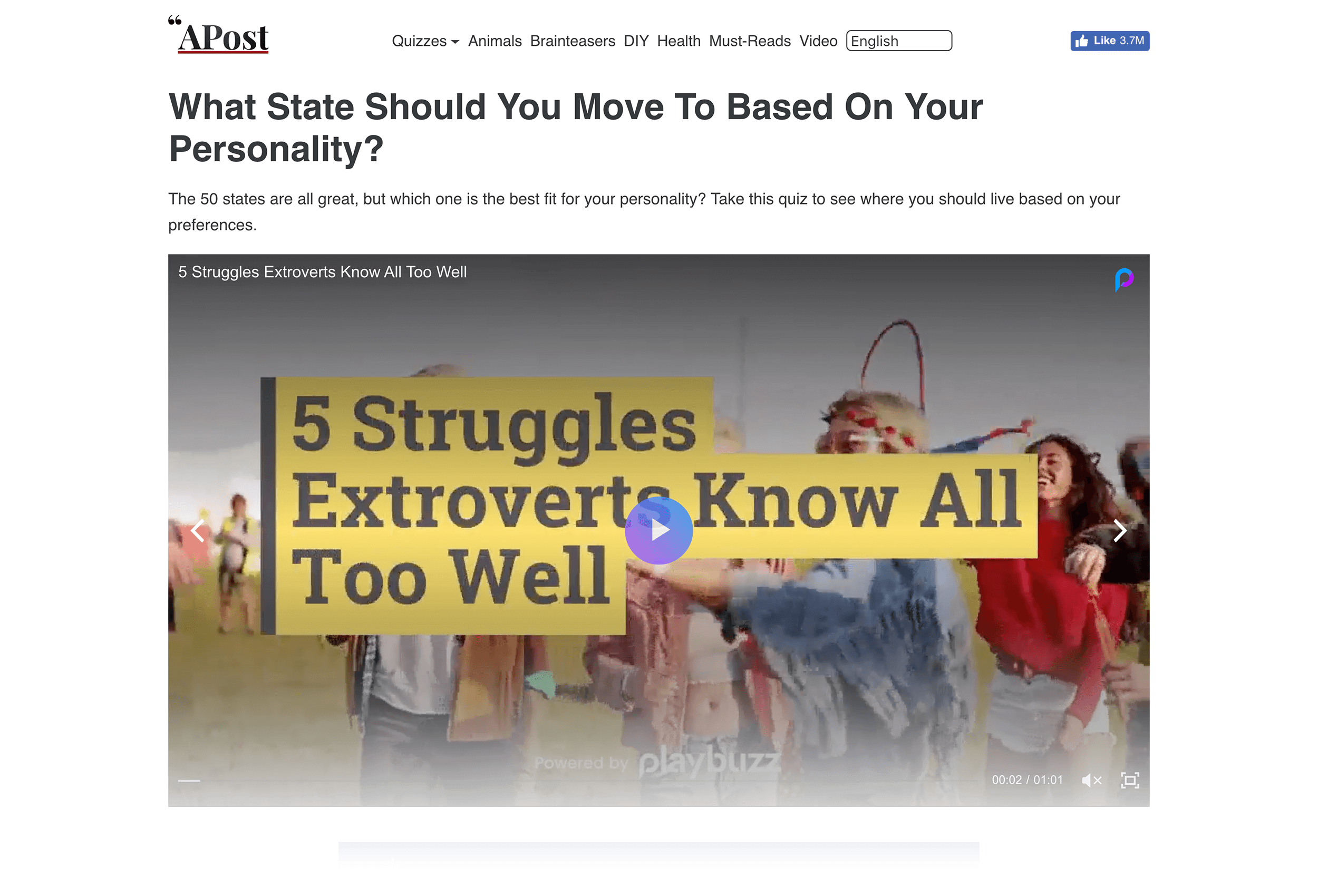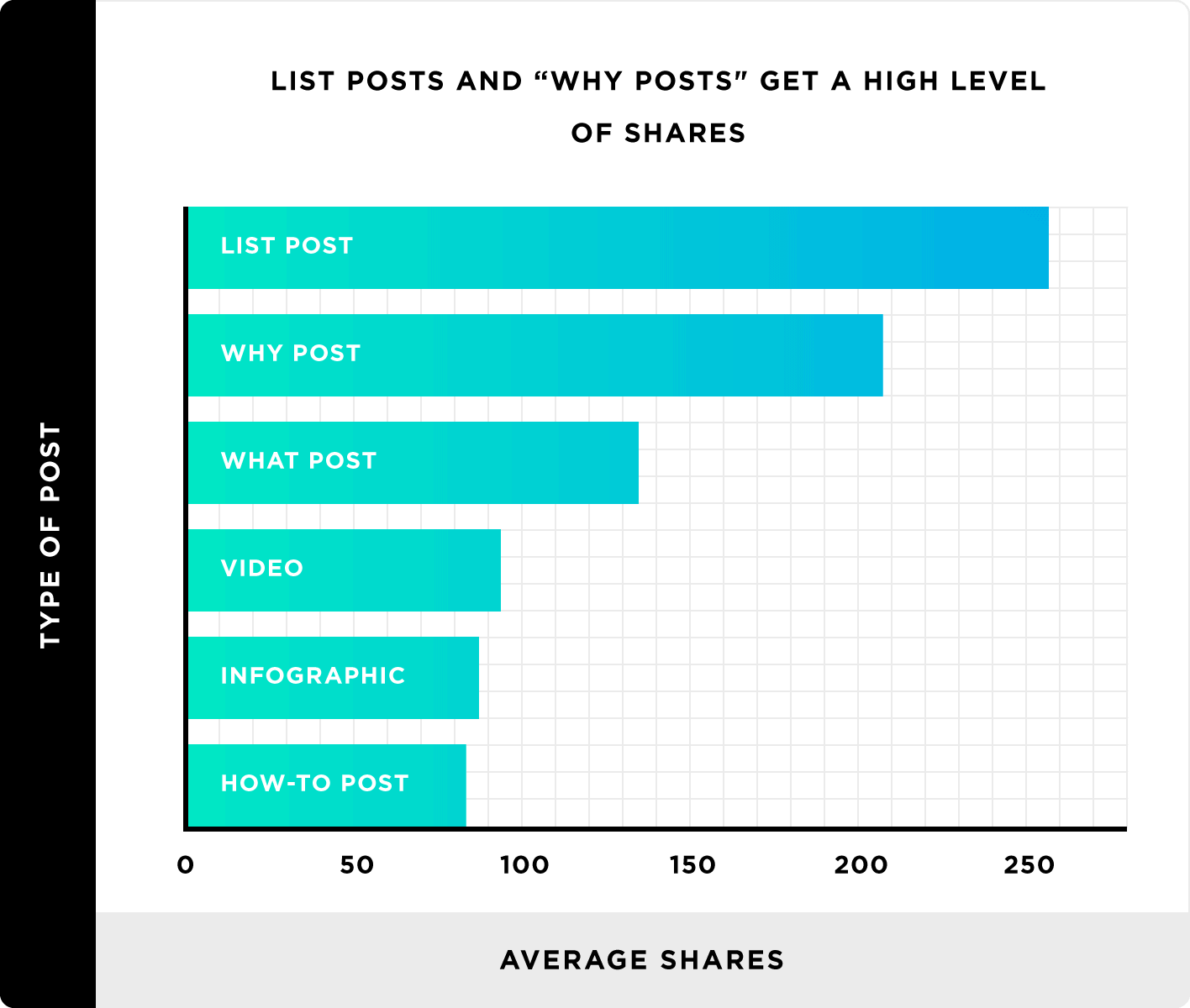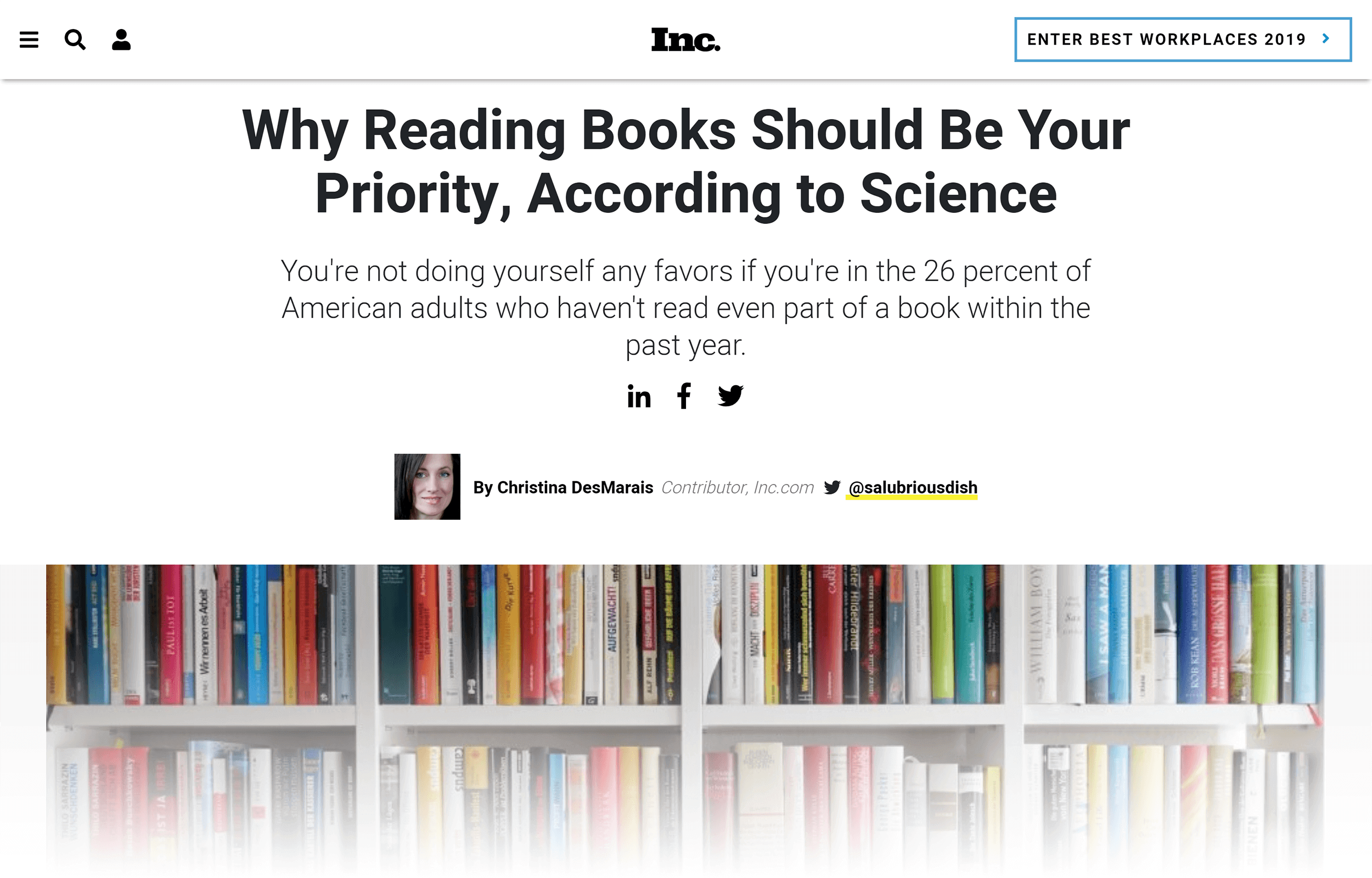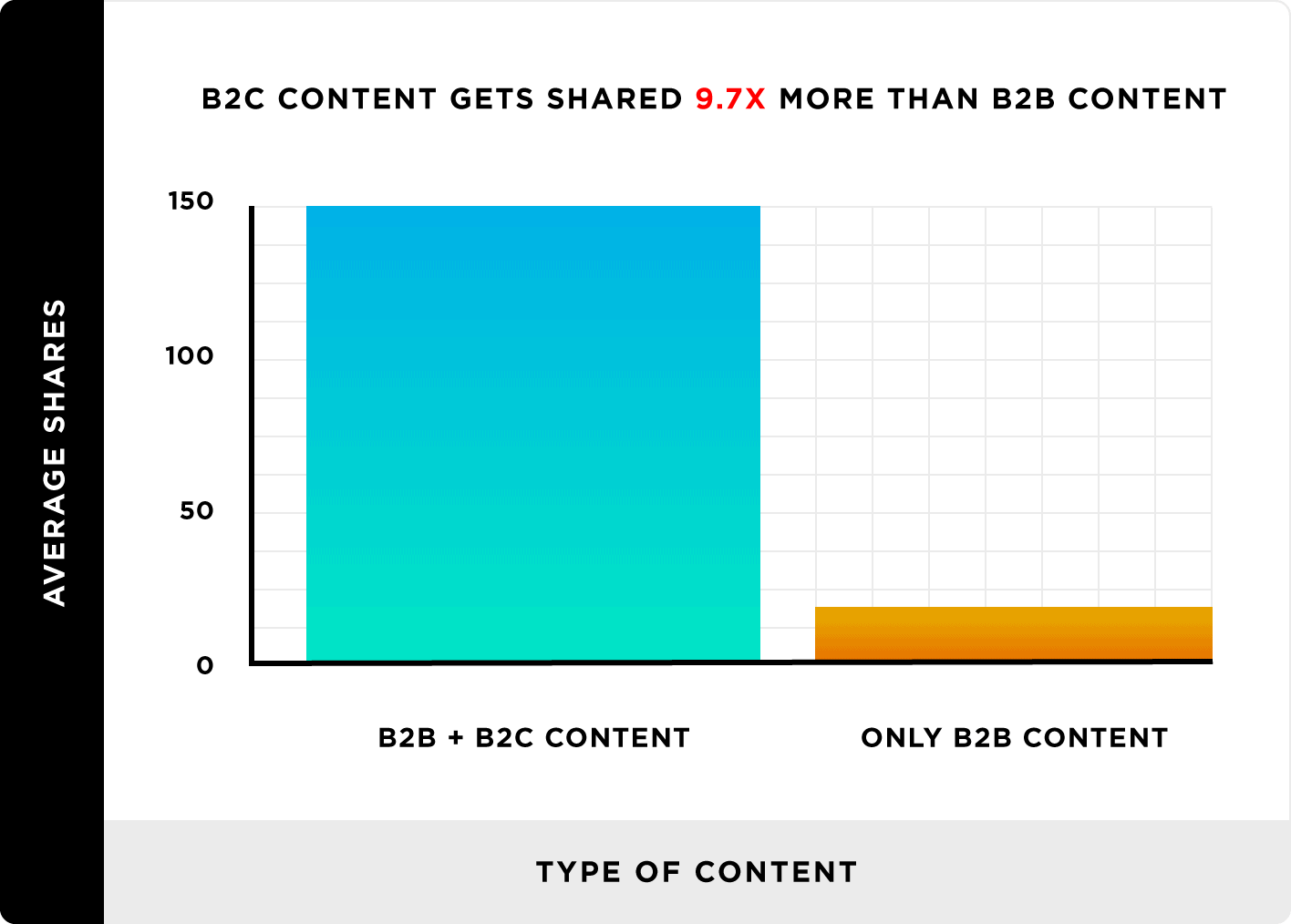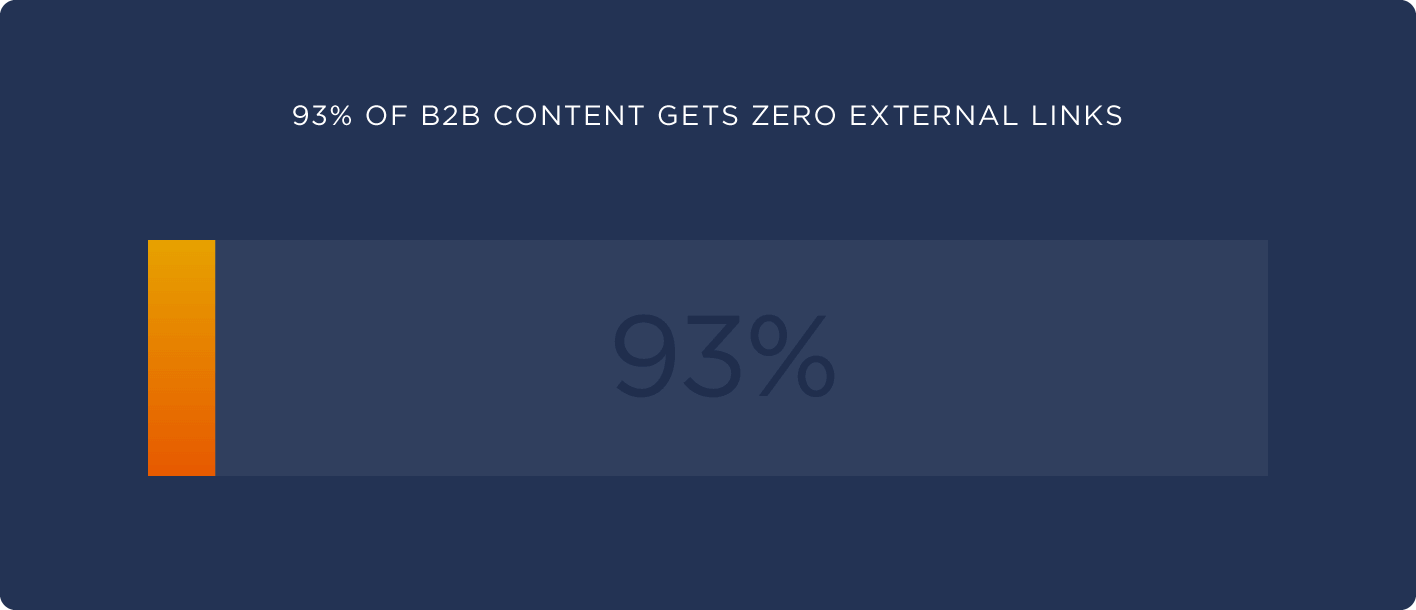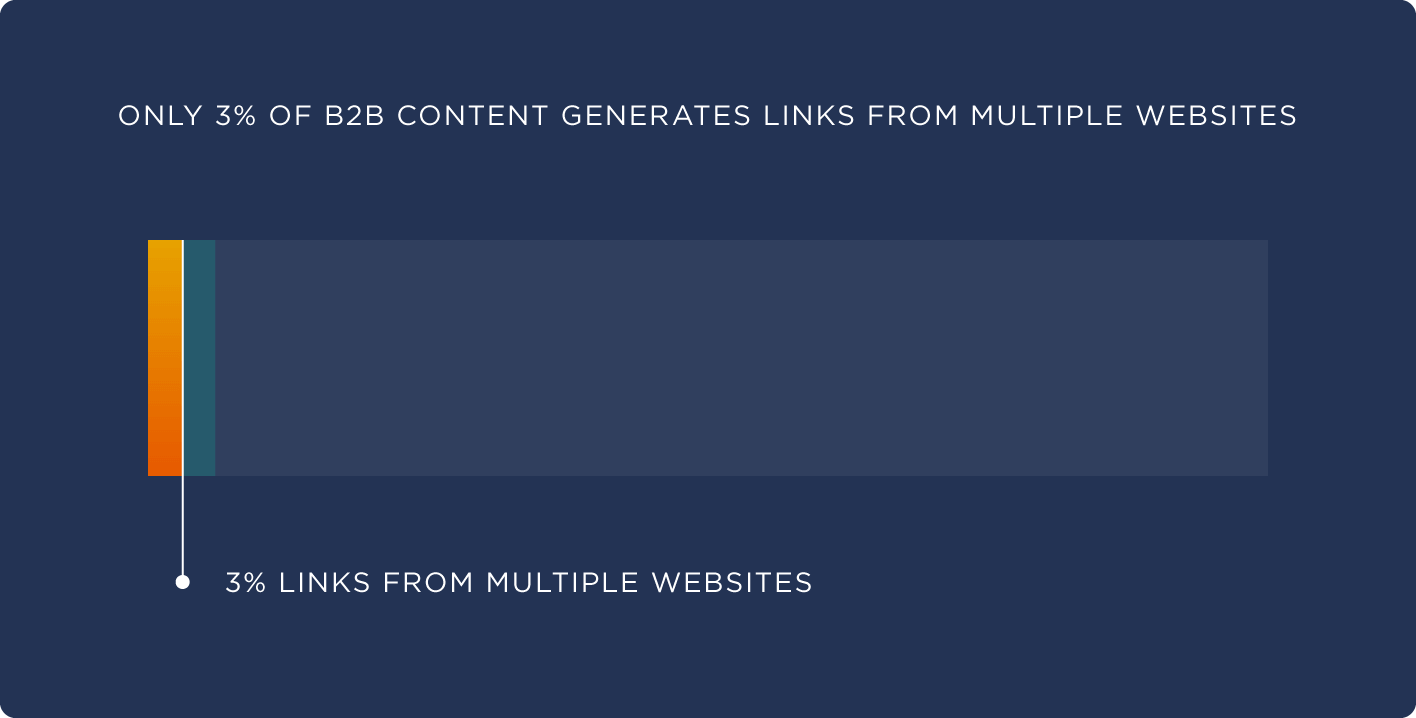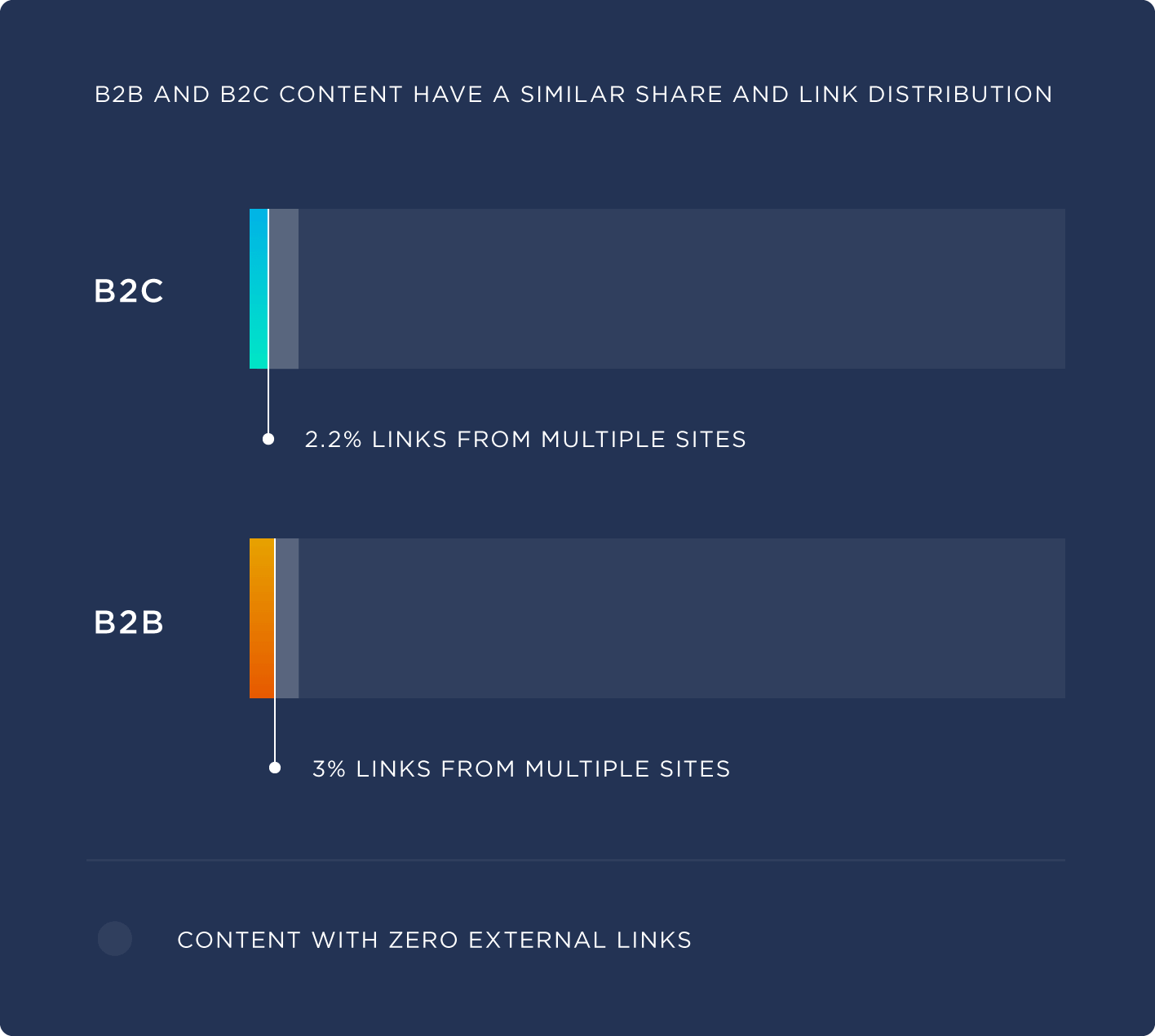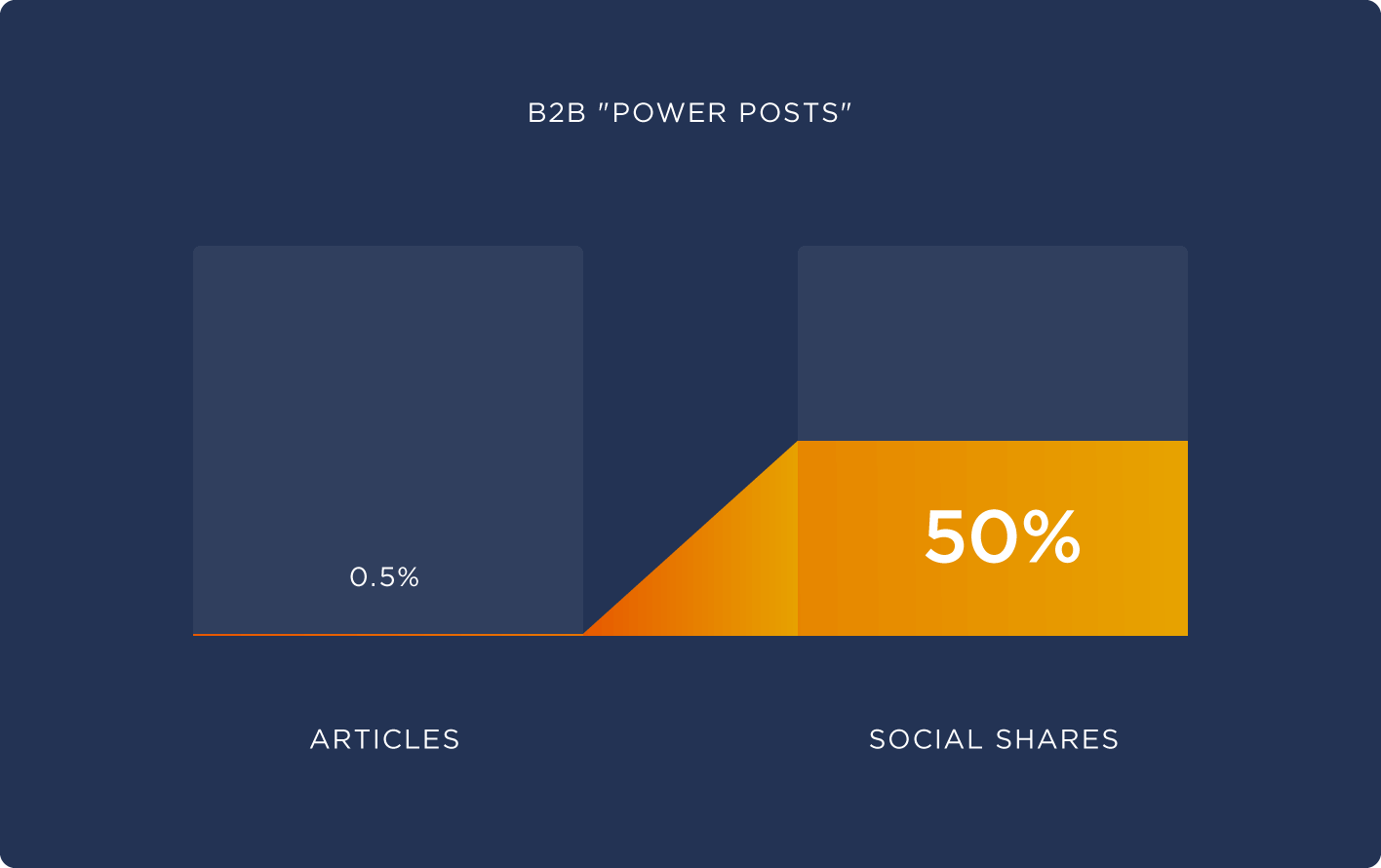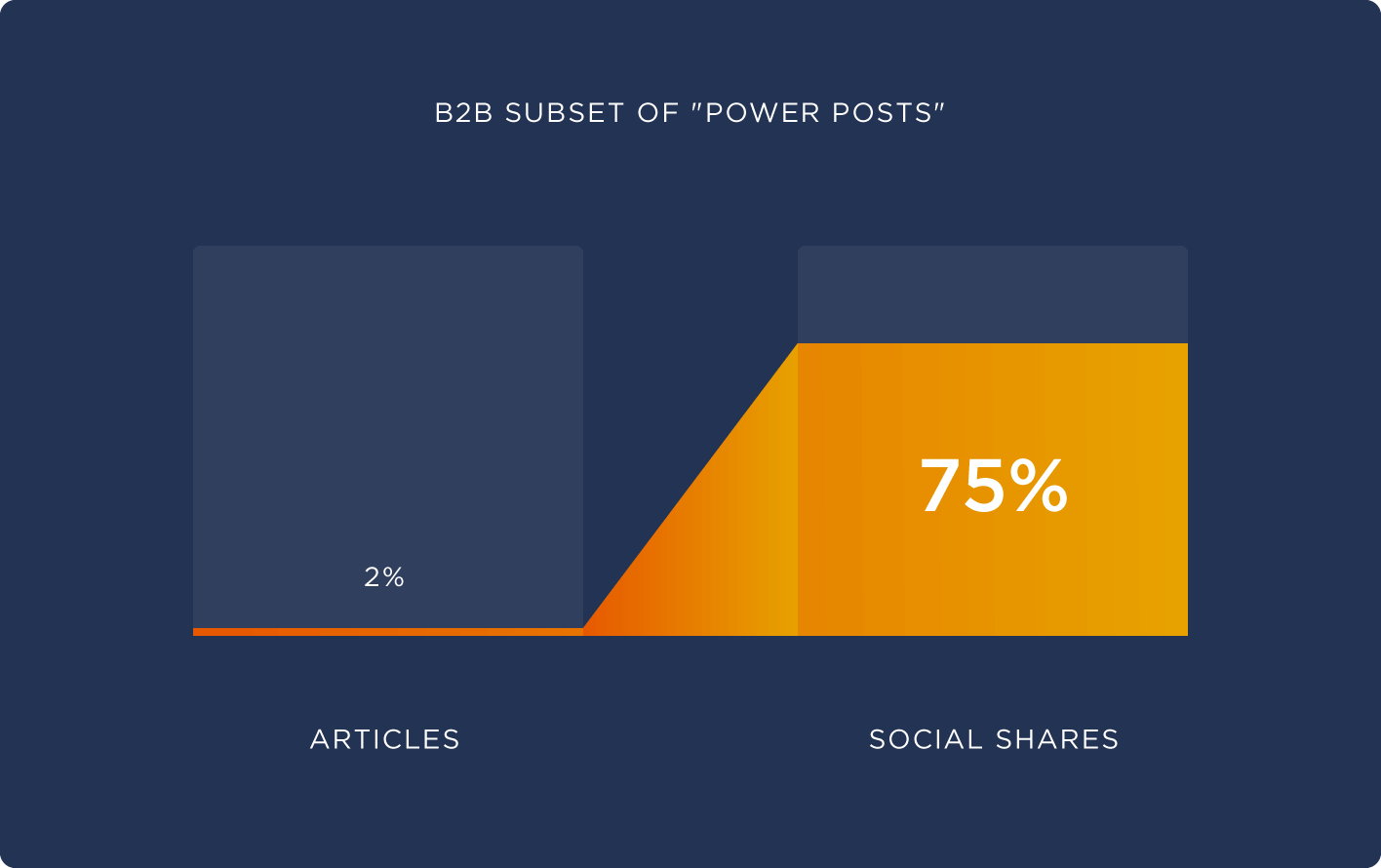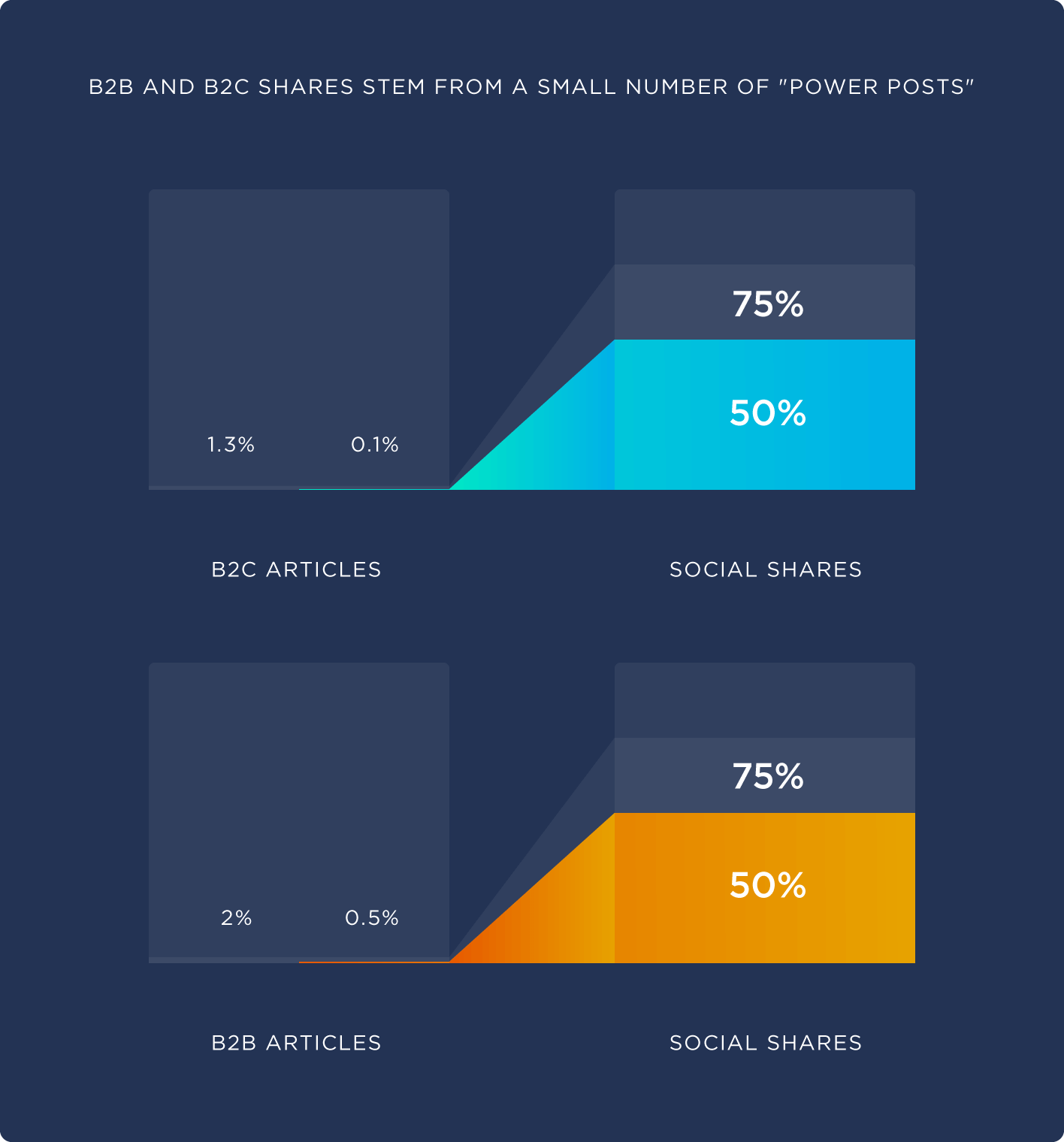We Analyzed 912 Million Blog PostsHere's What We Learned About
Content Marketing

Written by Brian Dean
We analyzed 912 million blog posts to better understand the world of content marketing right now.
Specifically, we looked at how factors like content format, word count and headlines correlate with social media shares and backlinks.
With the help of our data partner BuzzSumo, we uncovered some very interesting findings.
And now it’s time to share what we discovered.
Here is a Summary of Our Key Findings:
1. Long-form content gets an average of 77.2% more links than short articles. Therefore, long-form content appears to be ideal for backlink acquisition.
2. When it comes to social shares, longer content outperforms short blog posts. However, we found diminishing returns for articles that exceed 2,000 words.
3. The vast majority of online content gets few social shares and backlinks. In fact, 94% of all blog posts have zero external links.
4. A small percentage of “Power Posts” get a disproportionate amount of social shares. Specifically, 1.3% of articles generate 75% of all social shares.
5. We found virtually no correlation between backlinks and social shares. This suggests that there’s little crossover between highly-shareable content and content that people link to.
6. Longer headlines are correlated with more social shares. Headlines that are 14-17 words in length generate 76.7% more social shares than short headlines.
7. Question headlines (titles that end with a “?”) get 23.3% more social shares than headlines that don’t end with a question mark.
8. There’s no “best day” to publish a new piece of content. Social shares are distributed evenly among posts published on different days of the week.
9. Lists posts are heavily shared on social media. In fact, list posts get an average of 218% more shares than “how to” posts and 203% more shares than infographics.
10. Certain content formats appear to work best for acquiring backlinks. We found that “Why Posts”, “What Posts” and infographics received 25.8% more links compared to videos and “How-to” posts.
11. The average blog post gets 9.7x more shares than a post published on a B2B site. However, the distribution of shares and links for B2B and B2C publishers appears to be similar.
We have detailed data and information of our findings below.
Long-Form Content Generates More Backlinks Than Short Blog Posts
When it comes to acquiring backlinks, long-form content significantly outperforms short blog posts and articles.
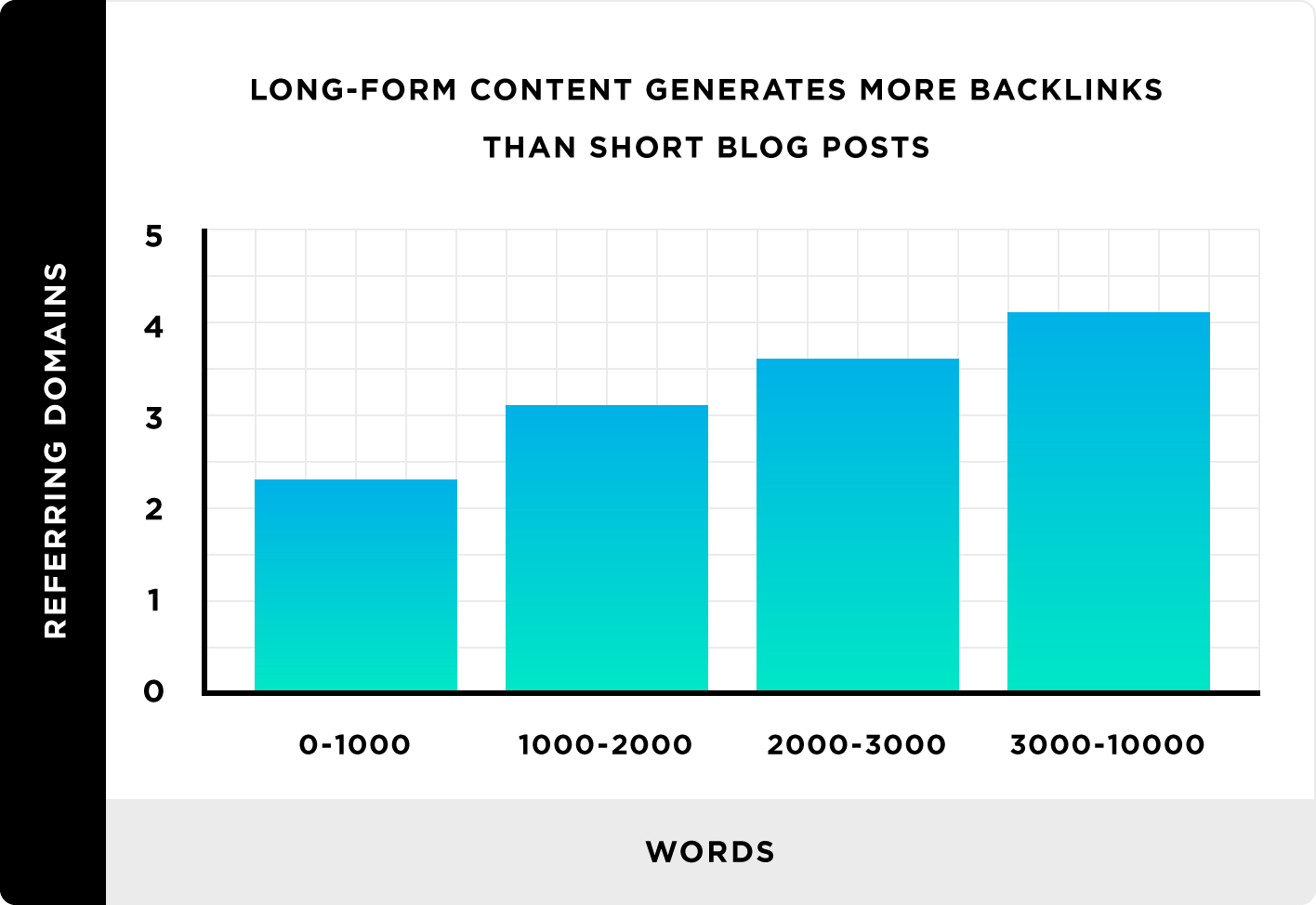
You may have seen other industry studies, like this one, that found a correlation between long-form content and first page Google rankings.
However, to our knowledge no one has investigated why longer content tends to perform so well. Does the Google algorithm inherently prefer long content? Or perhaps longer content is best at satisfying searcher intent.
While it’s impossible to draw any firm conclusions from our study, our data suggests that backlinks are at least part of the reason that long-form content tends to rank in Google’s search results.
Key Takeaway: Content longer than 3000 words gets an average of 77.2% more referring domain links than content shorter than 1000 words.
The Vast Majority of Content Gets Zero Links
It’s no secret that backlinks remain an extremely important Google ranking signal.
Google recently reiterated this fact in their “How Search Works” report.
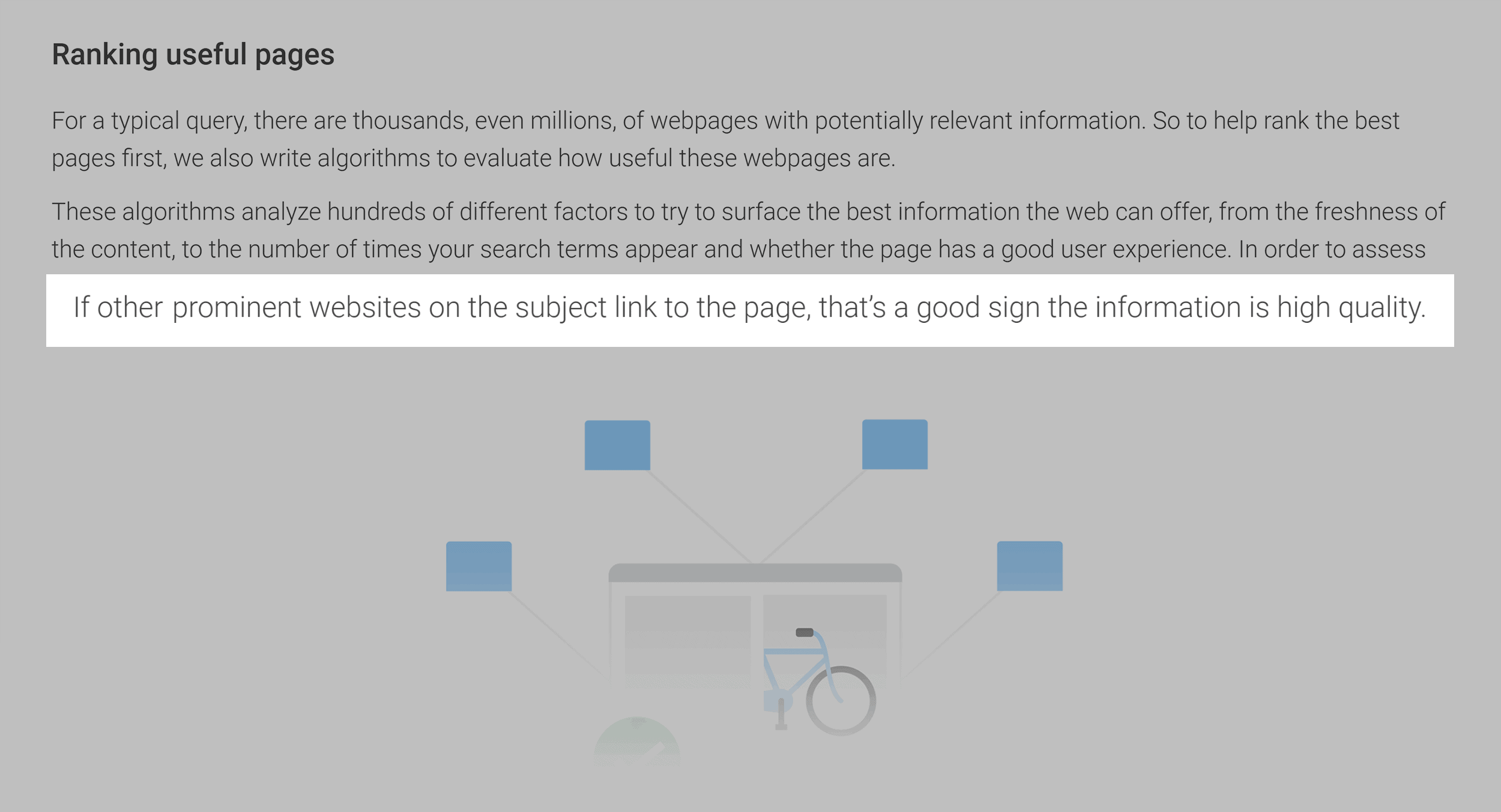
And we found that actually getting these links is extremely difficult.
In fact, our data showed that 94% of the world’s content gets zero external links.
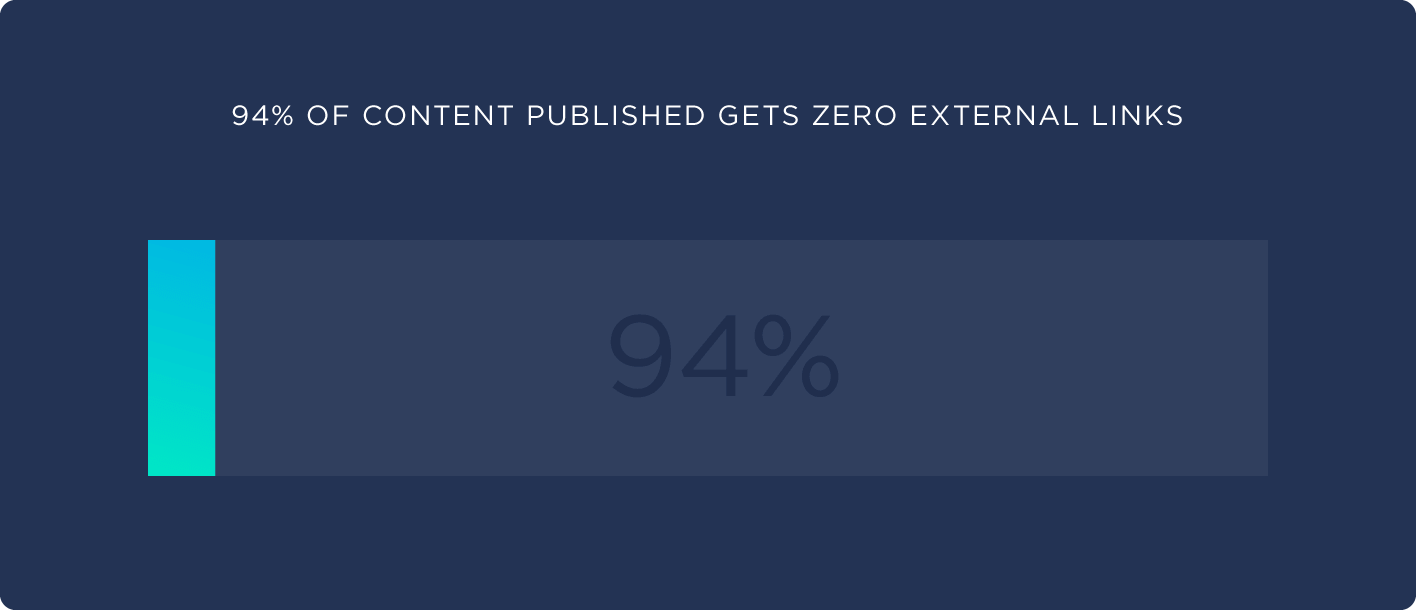
It’s fair to say that getting someone to link to your content is tough. And we found that getting links from multiple websites is even more challenging.
In fact, only 2.2% of content generates links from multiple websites.
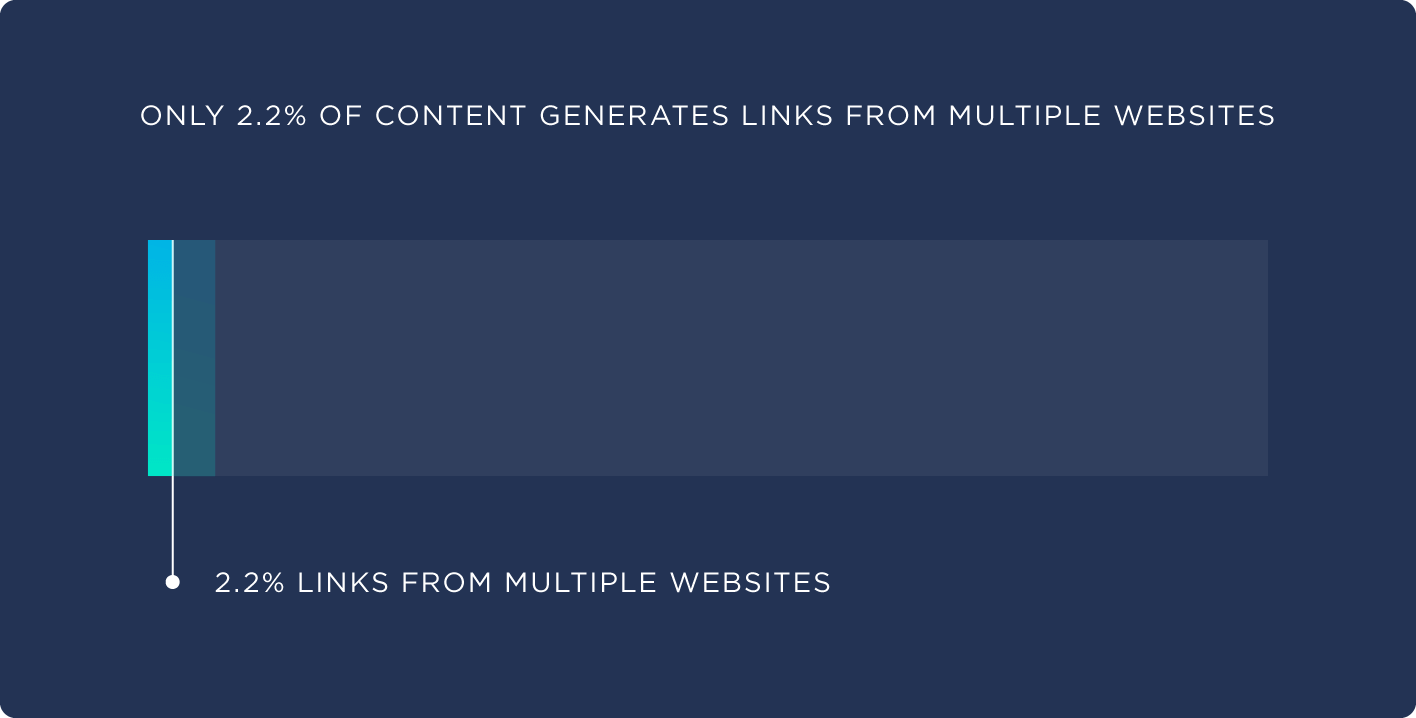
Why is it so hard to get backlinks?
While it’s impossible to answer this question from our data alone, it’s likely due to a sharp increase in the amount of content that’s published every day.
For example, WordPress reports that 87 million posts were published on their platform in May 2018, which is a 47.1% increase compared to May 2016.
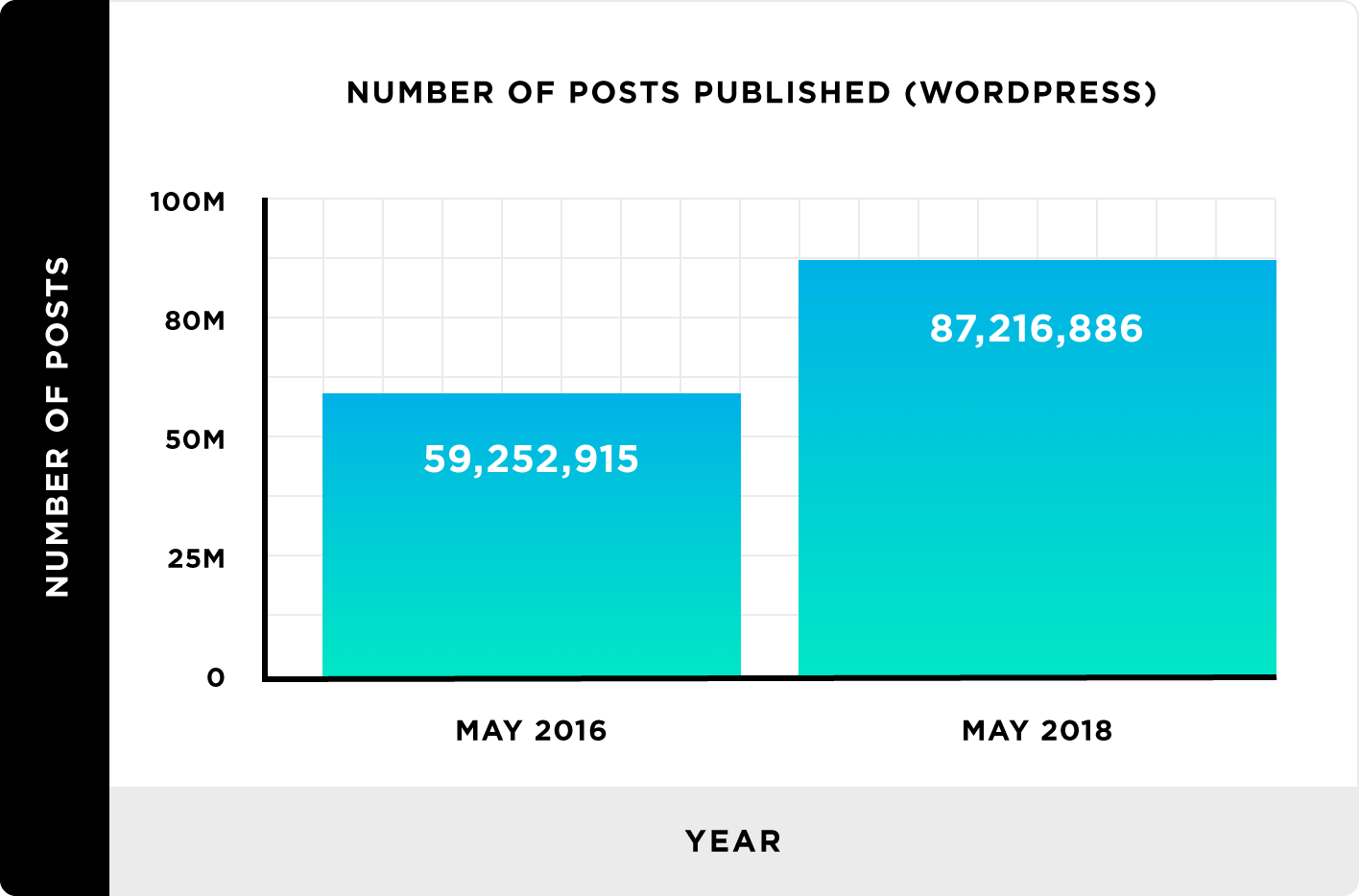
That’s an increase of 27 million monthly blog posts in a 2 year span.
It appears that, due to the sharp rise in content produced, that building links from content is harder than ever.
A 2015 study published on the Moz blog concluded that, of the content in their sample, “75% had zero external links”. Again: our research from this study found that 94% of all content has zero external links. This suggests that getting links to your content is significantly harder compared to just a few years ago.
Key Takeaway: Building links through content marketing is more challenging than ever. Only 6% of the content in our sample had at least one external link.
There’s No “Best Day” to Publish New Content
What’s the best day to publish a blog post?
Well, according to our data, the day that you publish doesn’t make much of a difference.
(At least in terms of social shares)
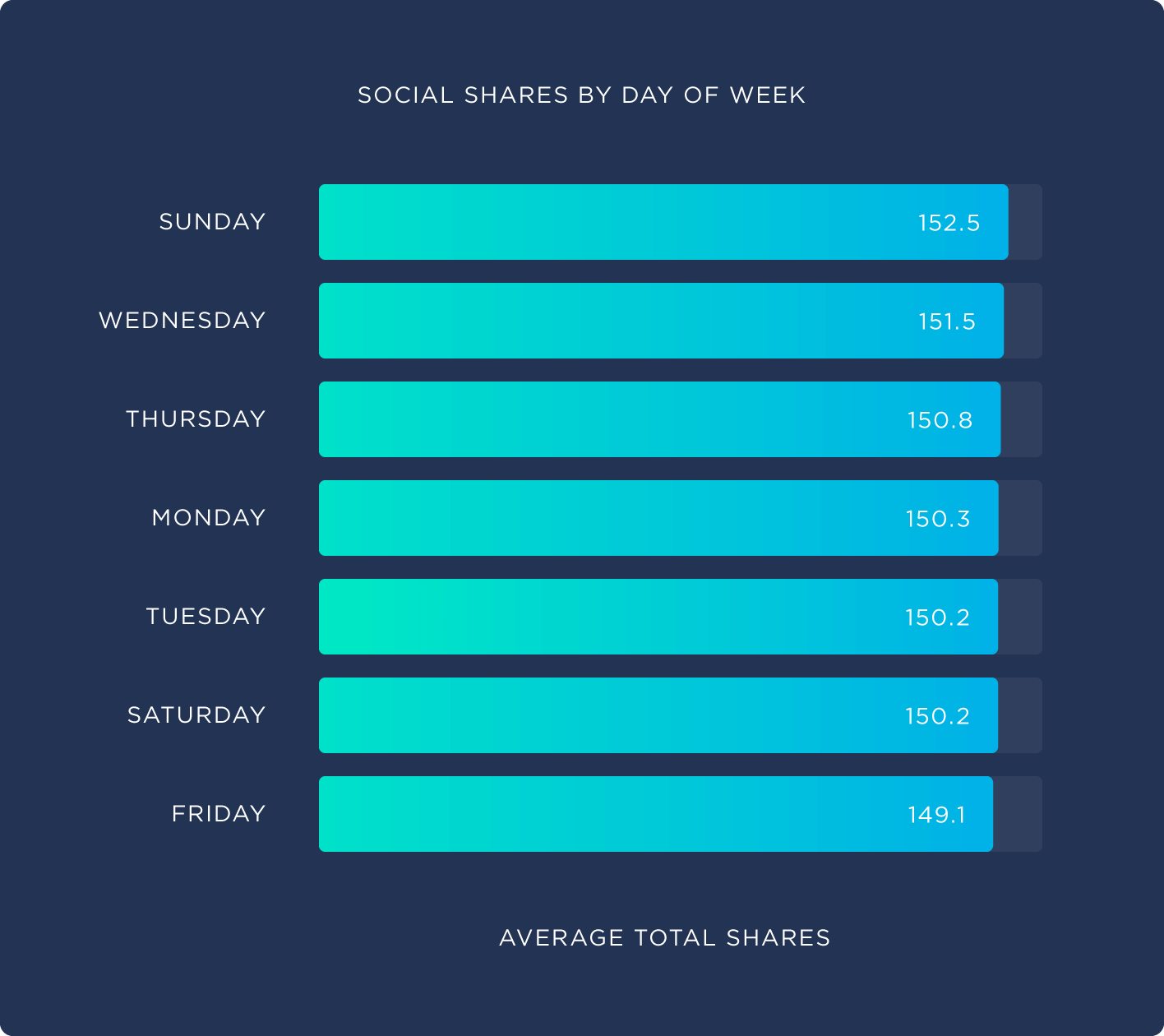
We did find that Sunday had a slight edge over other days of the week. However, the difference in shares from content published on Sunday vs. the other 6 days of the week was only 1.45%.
Several industry studies and case studies have set out to answer the “best time to publish content” question. But most are either old (one of the most-cited industry studies I found was published back in 2012) or used a small sample size.
And this is likely the reason that the findings from those studies are so conflicting.
Considering that there’s no advantage to publishing content on a certain day, I recommend researching and testing the best publishing time for your industry and audience.
For example, after extensive testing, we found that publishing on Tuesday morning (Eastern) works best for the Backlinko blog. But I’ve heard from other bloggers that their publishing on Saturday works best for them.
So the “best” day to publish is ultimately whenever your audience is available to consume and share your content, something that’s best determined by testing.
Key Takeaway: There’s no “best” day for new content to come out. Shares are essentially equal across different days of the week.
“Why Posts”, “What Posts” and Infographics Are Ideal Content Formats for Acquiring Backlinks
We found that “Why Posts”, “What Posts” and infographics get linked to more often than other content formats.
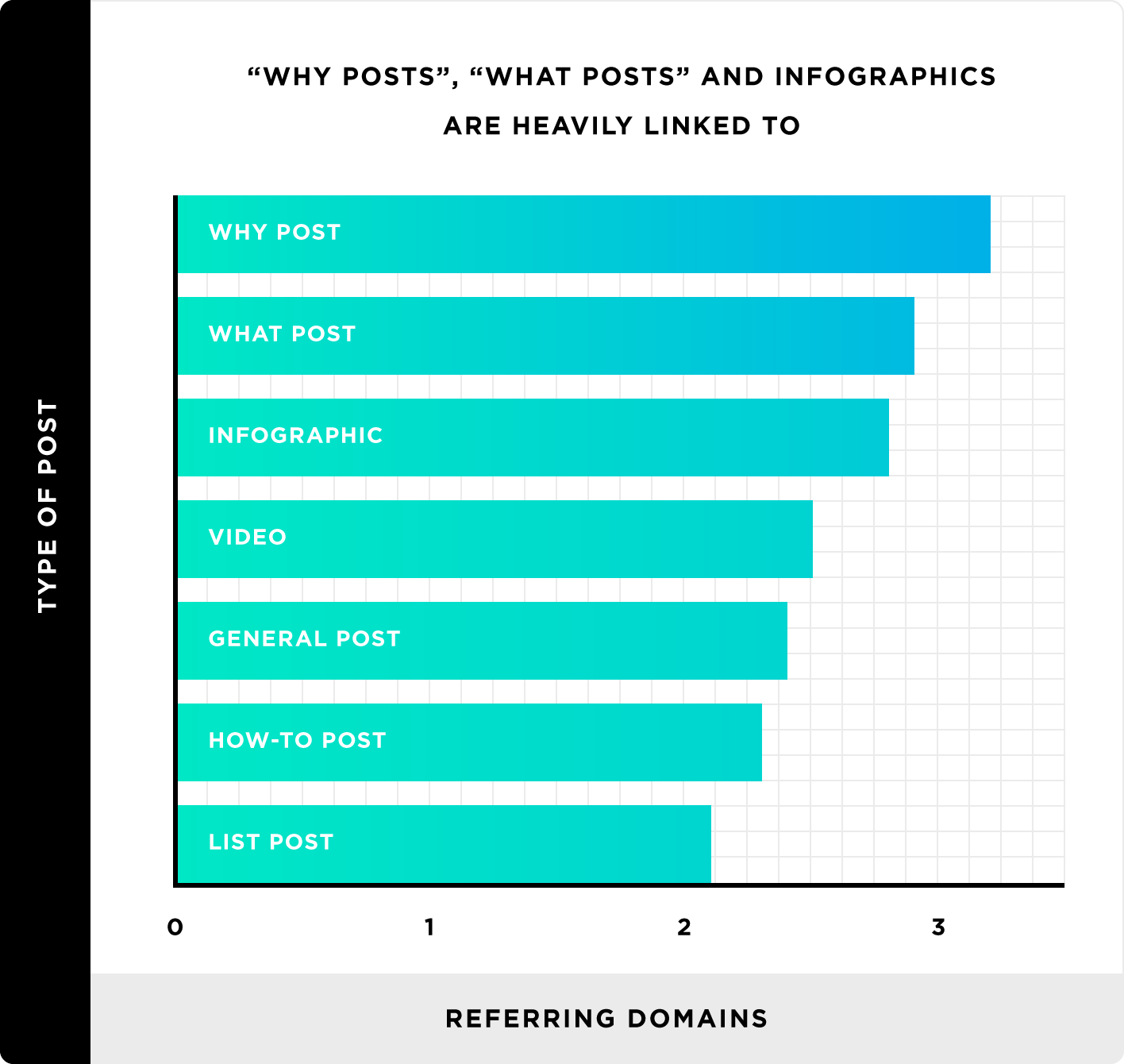
What’s interesting is that, while there’s some overlap, there’s a significant difference in the content formats that people share and link to.
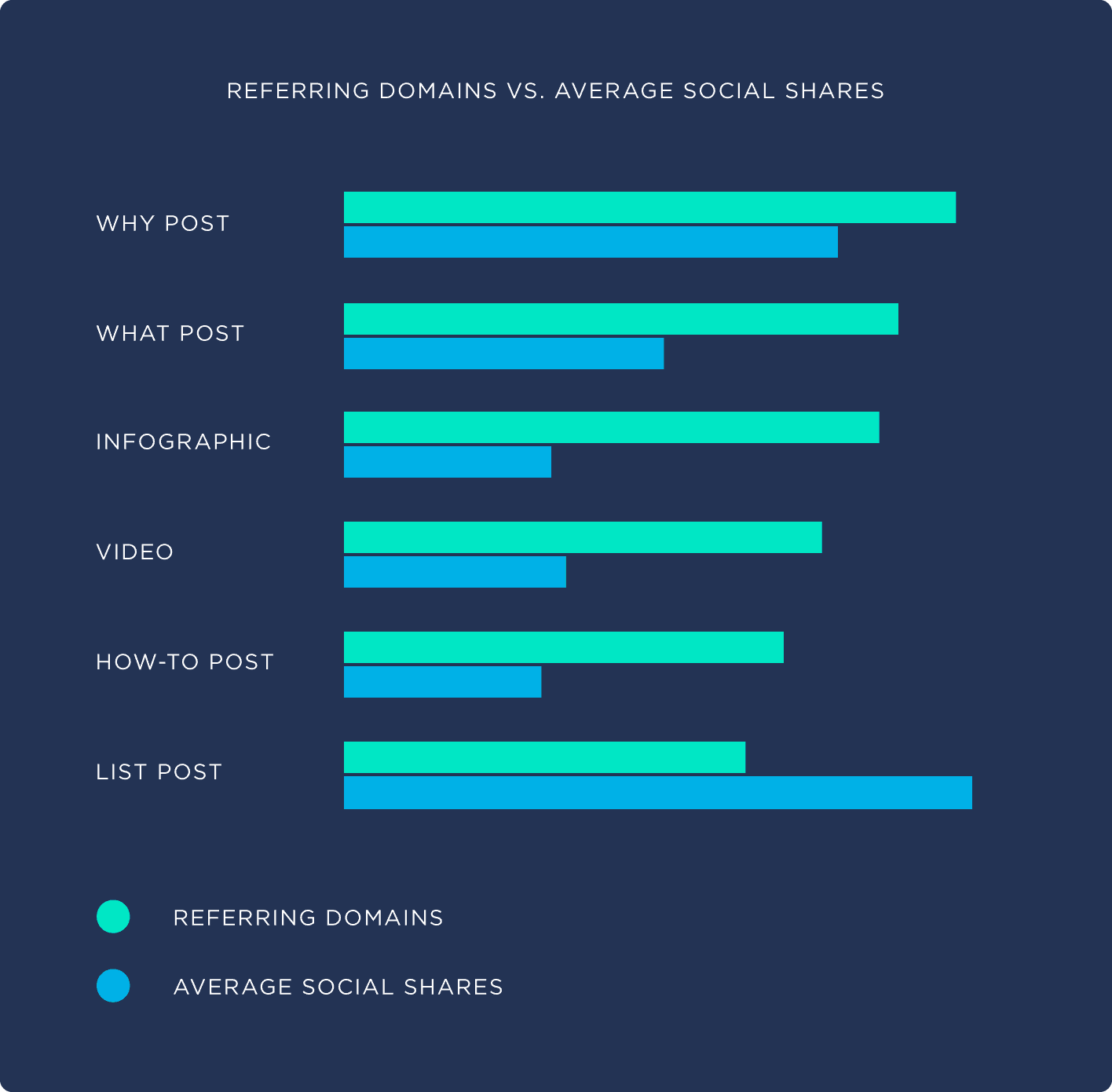
While our study found that list posts were the top content format for social sharing, they’re dead last in terms of getting backlinks from other websites.
For example, this list post has 207.8k social shares.
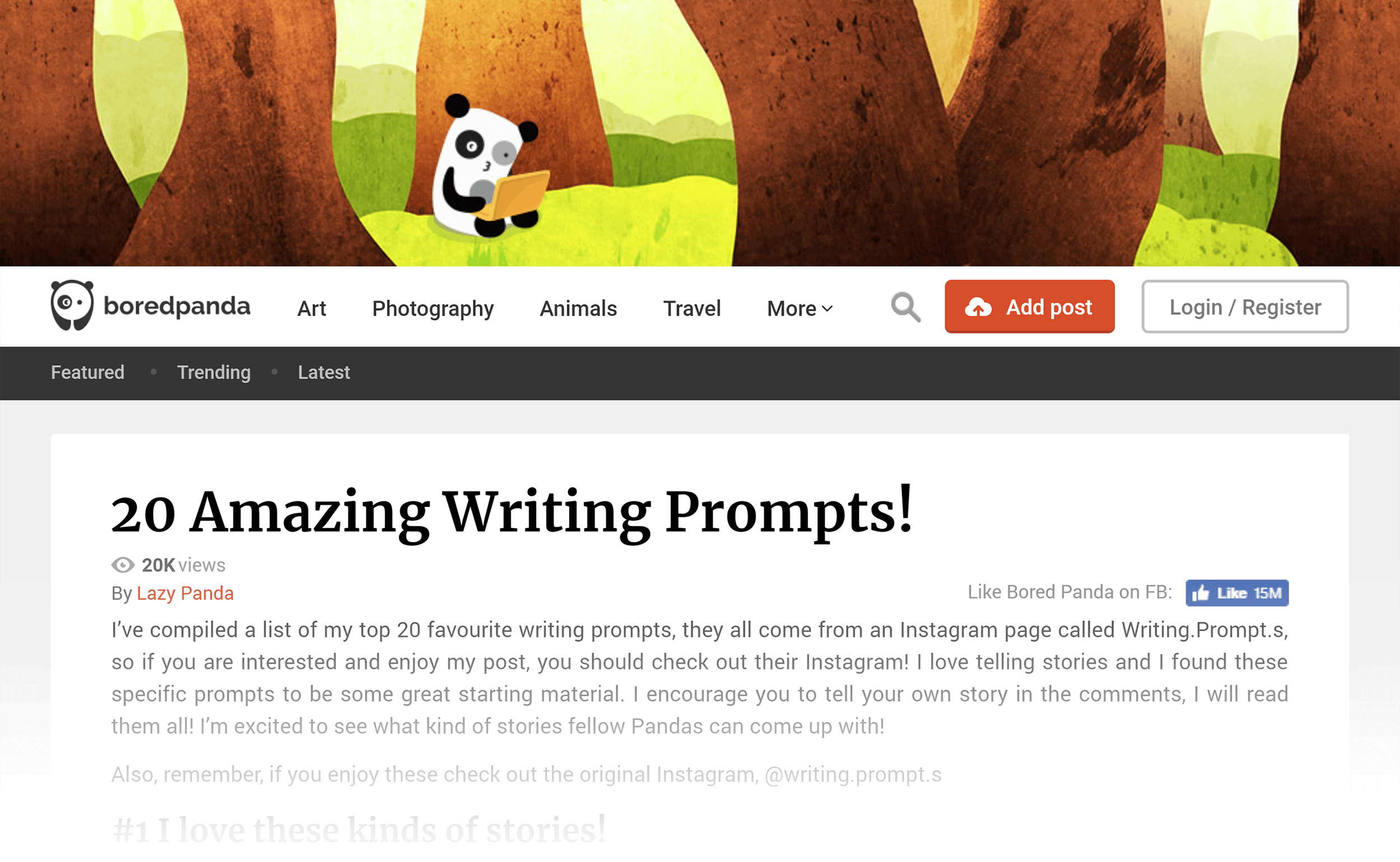
But according to BuzzSumo, despite all those shares, this article has zero backlinks:

It’s a similar situation with infographics. Our data shows that infographics tend to get very few shares relative to list posts, “what posts” and videos.
However, when it comes to links, infographics are a top 3 content format.
This supports our other finding from this research that there’s no correlation between shares and links.
My theory on this is that certain formats are primed to get shared on social networks like Facebook and Twitter. And other formats designed to get linked to from the small group of “Linkerati” that run and contribute content to websites.
Infographics illustrate this contrast perfectly.
Although the occasional infographic may go viral, it’s fair to say that their novelty has worn off in recent years. Which may explain why infographics aren’t shared very much compared to other formats (like list posts).
However, due to the fact that infographics contain highly-citable data, they work as an effective form of “link bait”.
Also, unlike a list post or how-to post, infographics can be easily embedded in blog content. This further increases the chances of acquiring links.
Key Takeaway: “Why Posts”, “What Posts” and infographics appear to be ideal for link building. These three formats receive an average of 25.8% more referring domain links than how-to posts and videos.
Conclusion
I learned a lot about content marketing from this study, and I hope you did too.
I’d like to again thank BuzzSumo (in particular Henley Wing) for providing the data that made this research possible.
For those that are interested, here is a PDF of how we collected and analyzed the data for this research.
And now I’d like to hear from you:
What’s your #1 takeaway lesson from this study?
Or maybe you have a question.
Either way, leave a comment below right now.
